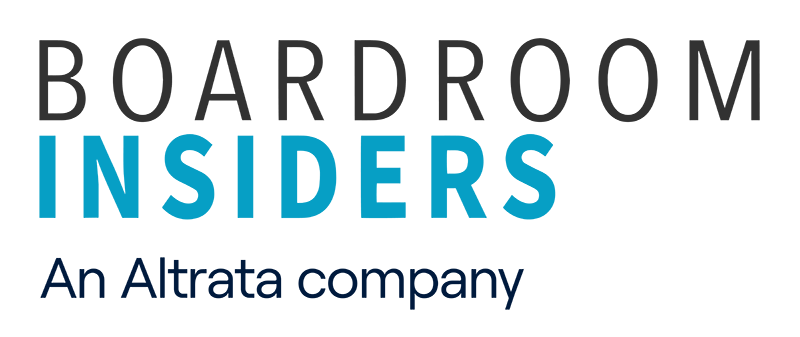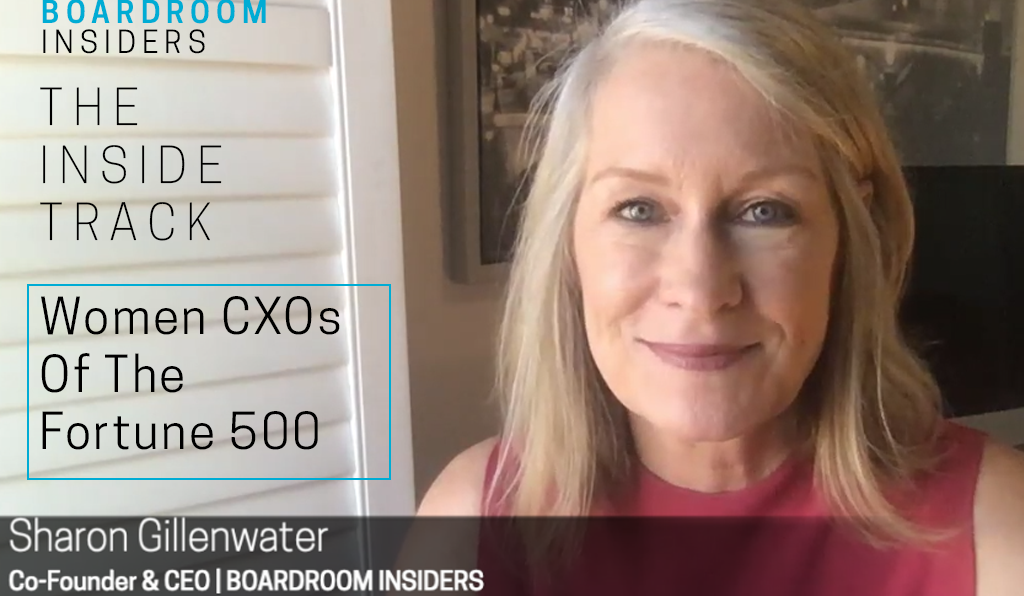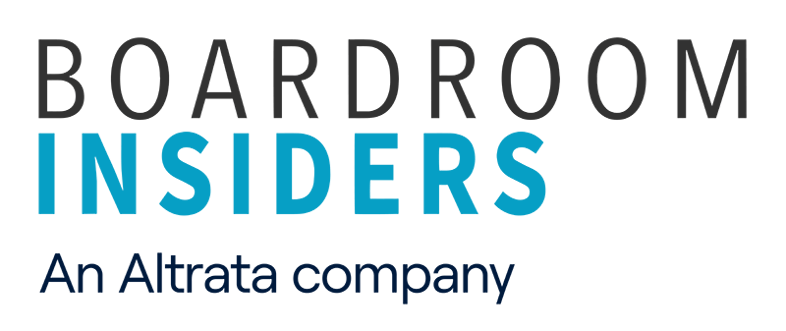When it comes to women executives, the big news coming out of the Fortune 500 is this: 2020 marks a record year for the number of female CEOs on the list.
At the time, there were 37. Now, there are 35. And the rather depressing reality is, that’s still a record. In 2019, the Fortune 500 had just 33 female CEOs.
That said, the C-suite is much more than the top job, and we know that 25% of CXOs in the Fortune 500 are women. So where are they? And more importantly, is that 25% a promising pipeline for future female CEOs?
That question is particularly important now, amid a global pandemic that research shows is hitting working women hard. Women have historically borne more of the burden of child care and elder care, and in the new reality, those old norms have returned. By June, 64% of college-educated mothers reported they had reduced their working hours, compared to 36% of college-educated fathers, according to a study out of the University of Southern California. That same month, a report from Boston Consulting Group found that parents had nearly doubled the time they were spending on education and household tasks to 59 hours per week, from around 30 before the pandemic. Mothers, the report said, are spending 15 hours more per average than fathers.
Those shifts could impact working women for years, which is what makes the presence of women at the top so critical at this time. For one, we’ve long understood the motivational power of seeing someone like yourself in a role you aspire to hold. But more than that, having more women at the top could influence the creation of systems and policies that provide greater flexibility and opportunity for working women when we’re back to business as usual. When those systems support women, the percentage of female executives in the C-suite can — and hopefully will — rise. As Facebook COO Sheryl Sandberg and LeanIn.org CEO Rachel Thomas put it in an op-ed earlier this year: “Women are maxing out and burning out. Getting through this crisis means helping women get through it too. All of us—employers, managers, elected officials, and spouses—need to help lighten their loads.”
In light of that, it’s important to understand where women stand now in the Fortune 500. Using the Boardroom Insiders platform, we were able to pinpoint the CXO roles women currently hold and how the percentages break down. (Due to a lack of title parity for some of these roles across companies, these numbers are approximate.)
- 7% — number of female CEOs in the Fortune 500
- 41% — number of CMO (or equivalent) positions held by women
- 50% — number of chief HR officer roles held by women
- 12% — number of female CFOs
- 25% — number of female CIO roles. And if you add in other tech leadership roles like CTO, chief digital officer and chief security officer, that number rises to more than 30%.
To understand the pipeline to CEO, we used our BI PRO platform to gain insight into how these women got to the top job. Specifically, we analyzed the backgrounds of 58 women; the 35 currently serving as Fortune 500 CEOs, as well as another 23 women who are currently serving as divisional and regional CEOs within Fortune 500 companies. Here’s what we found:
- 43% had business unit leadership experience
- 40% had an operations background
- 16% had a finance background
- 16% had a marketing background
- 6% had a technology background
- 3% had an HR background
- 3% had a sales background
It’s worth noting that many of the women we looked at had experience in multiple functions. For example, Kathy Mazzarella, CEO of Graybar, has held senior leadership roles in sales, marketing, operations and HR. But overall, when you compare the areas in which female executives are currently concentrated, it doesn’t line up with those that appear to be more direct pipelines for the top job.
That said, we wonder if the pandemic will transform the historical qualifications for what makes a good CEO.
First and foremost, the importance of technology in our new normal cannot be overstated. As some executives have pointed out, the digital transformation that has happened over the past six months would have taken years without COVID-19 as a mitigating factor. It would stand to reason, then, that women at the forefront of that digital transformation will rise in overall importance to the organization, and their contributions and impact could make them stronger candidates for CEO moving forward.
The marketing function has also gained relevance and standing within companies as a result of the new normal. Long considered one of the “softer” sectors of business, it is now widely seen as an imperative and the key to differentiation in tough economic times. The women making names for themselves as powerful CMOs could reap the benefits of that change in perception moving forward.
Lastly, HR is another aspect of business that is rising in estimation. With the transition to work-from-home realities, the importance of employee engagement has become critical. No segment of business plays a larger role in the employee experience than HR, which could turn that function into a factory for female CEOs moving forward, too.
What happens in the months and years that will follow these unprecedented times remains to be seen, but we do have the benefit of the profound executive insight that comes out of the Boardroom Insiders platform, specifically BI PRO, to light the way. We’re able to spot trends and analyze changes as they’re taking shape, which is not only fascinating in a historic time but also necessary as our customers navigate conversations with executive leaders.
Here are some other insights into female CXOs generated through the BI PRO platform:
TOP LEADERSHIP FACTORIES*
Where did female CXOs get their early work experience?
- IBM
- GE
- PwC
- McKinsey
- E&Y
- JPMorganChase
- Citigroup
- Dell
- HP
- Bank of America

TOP UNIVERSITIES
- University of Pennsylvania
- Harvard
- Stanford
- Northwestern
- Columbia
- University of Michigan
- NYU
- MIT
- University of Chicago
- Duke University
*Based on a BI PRO analysis of 1,019 women CXOs across the Fortune 500

Your Next Steps
We all need to be aware of what’s changing in the C-suite. Marketers should be focused on bringing the latest information to their account teams as it develops. Given that we employ a small army of really smart people to read and parse corporate earnings call transcripts, CXO interviews and emerging C-suite trends all day long, we can help by feeding you the latest.
What do you do with this information? Do what you have always done — align and support. Here are the four questions you should try to answer about all of your top accounts:
- How has their strategy/priorities shifted post-COVID-19?
- What are they cutting?
- Where are they investing--or doubling down?
- What can you offer that supports their current focus?






Share Your Thoughts